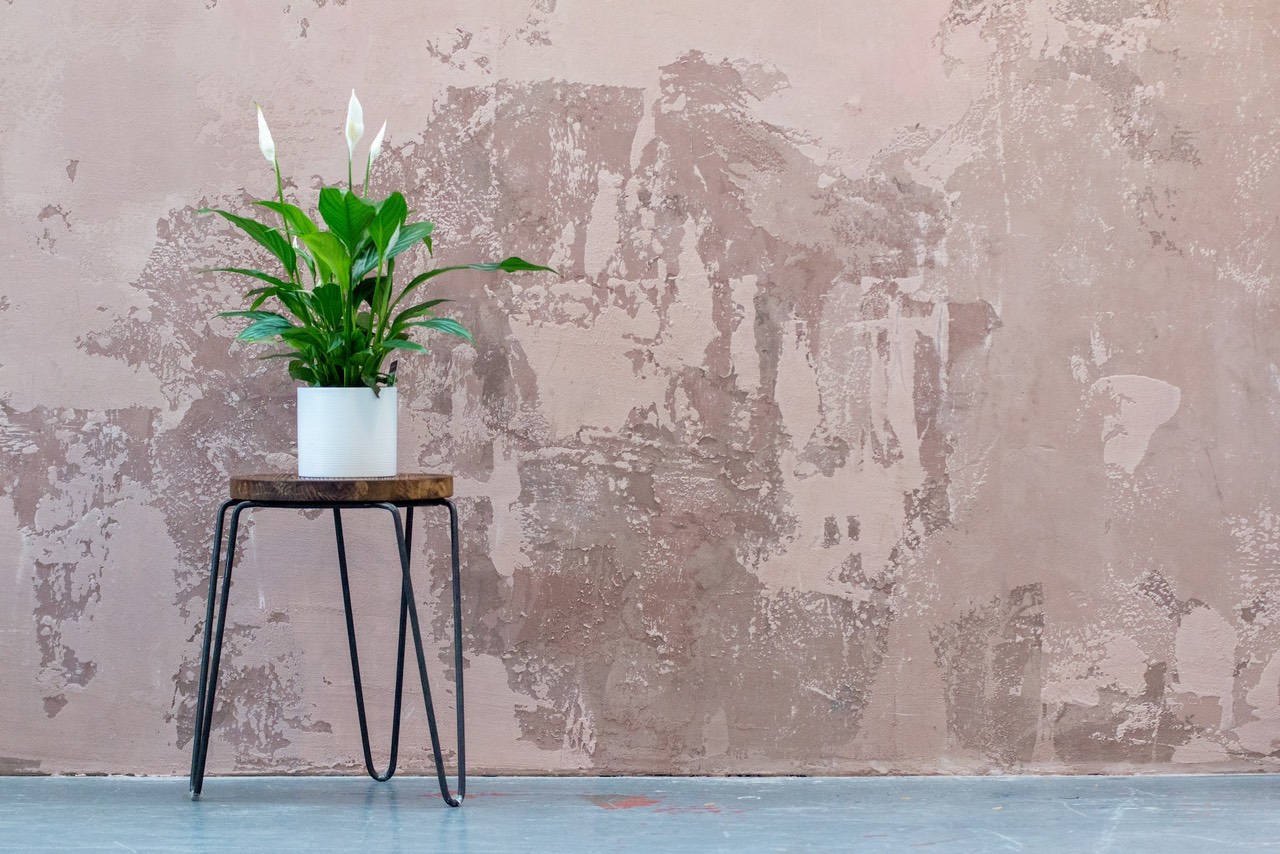
Moisture at home is a common problem; it causes damage to walls and ceilings. If there is no good ventilation, over time, it causes fungus. Exposure to environments like these can cause ailments—from stuffy noses to itchy eyes or skin. A natural way to control humidity, and mold, is with houseplants.
English Ivy
English Ivy is typically found outdoors on walls and trees, but it can be grown indoors too. It is native to the European Atlantic coasts. Its natural habitat is humid and temperate forests. It is one of the best dehumidifying plants, making it a good choice for those just starting with house plants. This easy-growing plant is excellent at reducing mold and air toxins. They look great hanging or climbing. It is ideal for placing in the most humid rooms of the home, such as bathrooms. It’s also perfect for hanging over the kitchen sink or next to a window. I have a baby ivy. In ideal conditions, they multiply rapidly and are considered invasive.
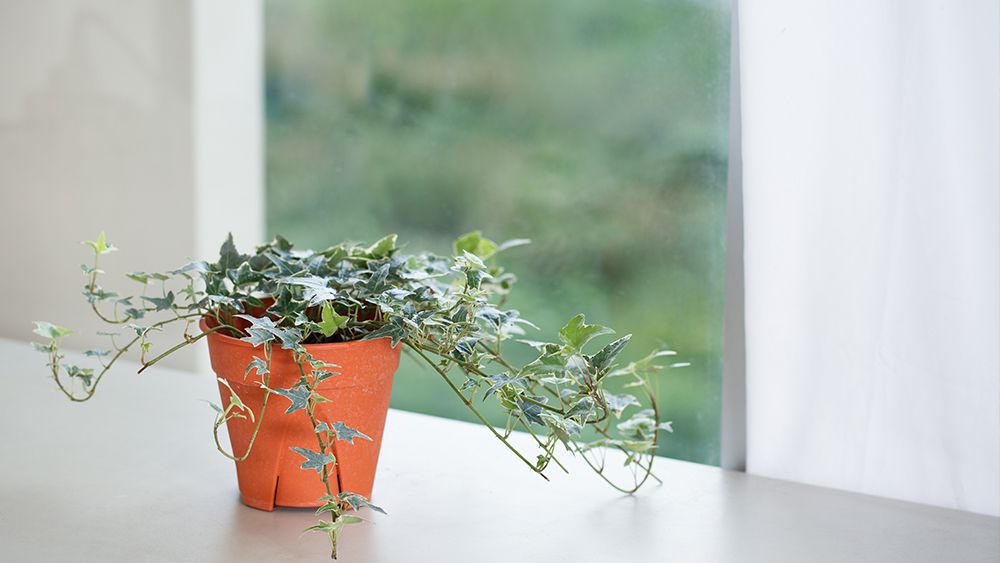
English Ivy needs a sound drainage system, so make sure you get a pot with plenty of holes at the bottom. It enjoys indirect sunlight. They do not require plenty of light and can be put in shaded areas in summer. Just keep the soil moist in summer to avoid the wilting of its leaves but be mindful of overwatering them. Excess water in their soil mix can lead to root rot.
Peace Lily
The peace lily, whose technical name is Spathiphyllum, is a tropical plant native to some parts of America that does not support frost and currents.
This plant is the perfect pick in the home to help reduce humidity in the air through the additional bonus of cleansing your air of specific pollutants. Peace Lily loves water in every sense. Next to being watered regularly, this plant will successfully absorb moisture from the air. Keeping them moist and providing them with bright, indirect light is the key to peace lilies. Equipped with the right light, they can bloom throughout the year, producing beautiful white flowers.
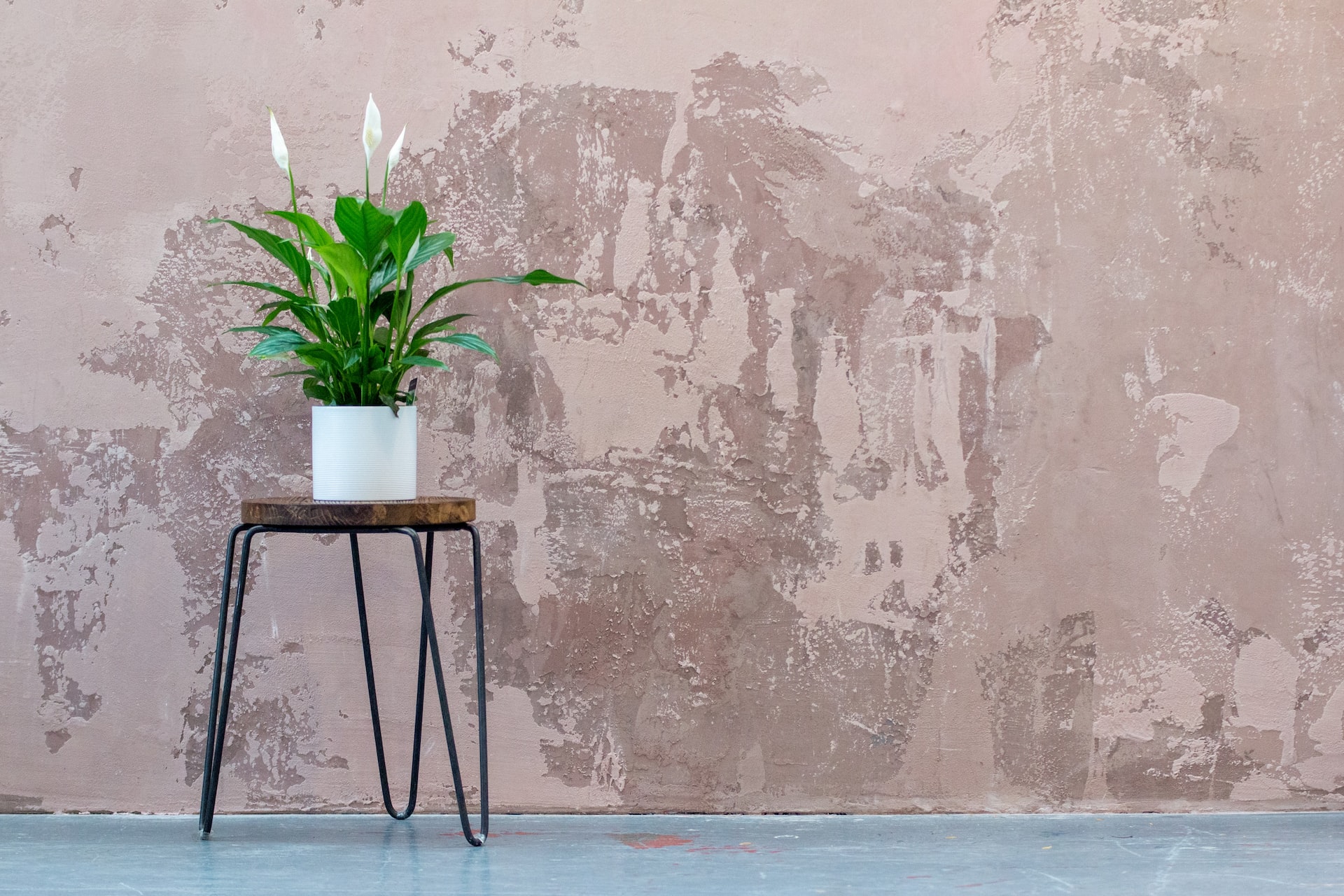
It is watered approximately once a week, does not need much lighting, and is a good option for rooms with few hours of light.
In summer, several peace lilies in one place can also help maintain home temperature by absorbing excess humidity from the air.
It is vital to note that even though these plants are not faithful adherents of the lily family; however, they are still slightly toxic to individuals and animals once ingested. This plant is the most beautifully kept, not viable for kids and animals for safety.
Boston Fern
A Boston fern is one more prevalent indoor plant that flourishes in moister weather; thus, it will naturally absorb a little moisture in your air. Boston fern enjoys indirect sunlight, preferring medium light levels over direct light or darkness, and can tolerate both low-humidity and moist environments. It removes toxins from the air. This feature makes them ideal houseplants in areas with high humidity. A Boston fern is also beautiful to look at!
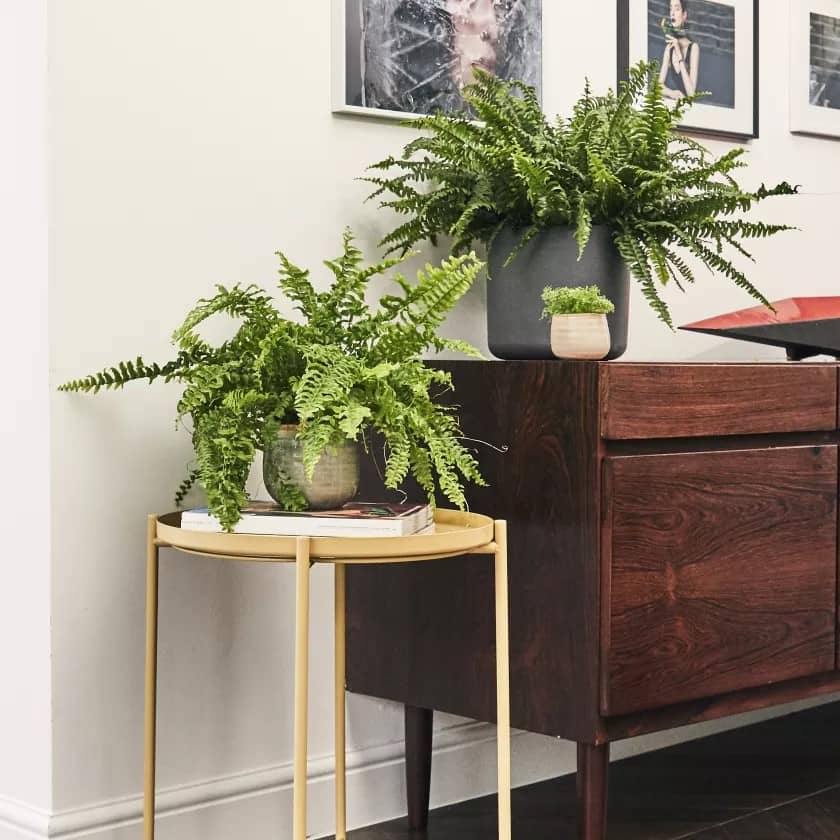
Boston Ferns remove the stickiness from the air and balance out the moisture count in your house.
Like other house ferns, they cannot tolerate dry air. The fronds will dry up, leading to the death of the plant. Keeping the soil moist is another factor in successfully growing this plant.
Spider Plant
Spider plants are popular in many households due to their easy care, flourishing ability, and impressive look. The elegantly curving leaves make these plants look stylish. They are called spider plants because they produce tiny spider-shaped baby plants when they mature.
It thrives in a high-humidity environment while eradicating about 90% of damaging air contaminants, formaldehyde, and xylene inside your house. The spider plant is also straightforward to propagate. It can live off the air’s nutrients and moisture, making it a very effective natural dehumidifier.
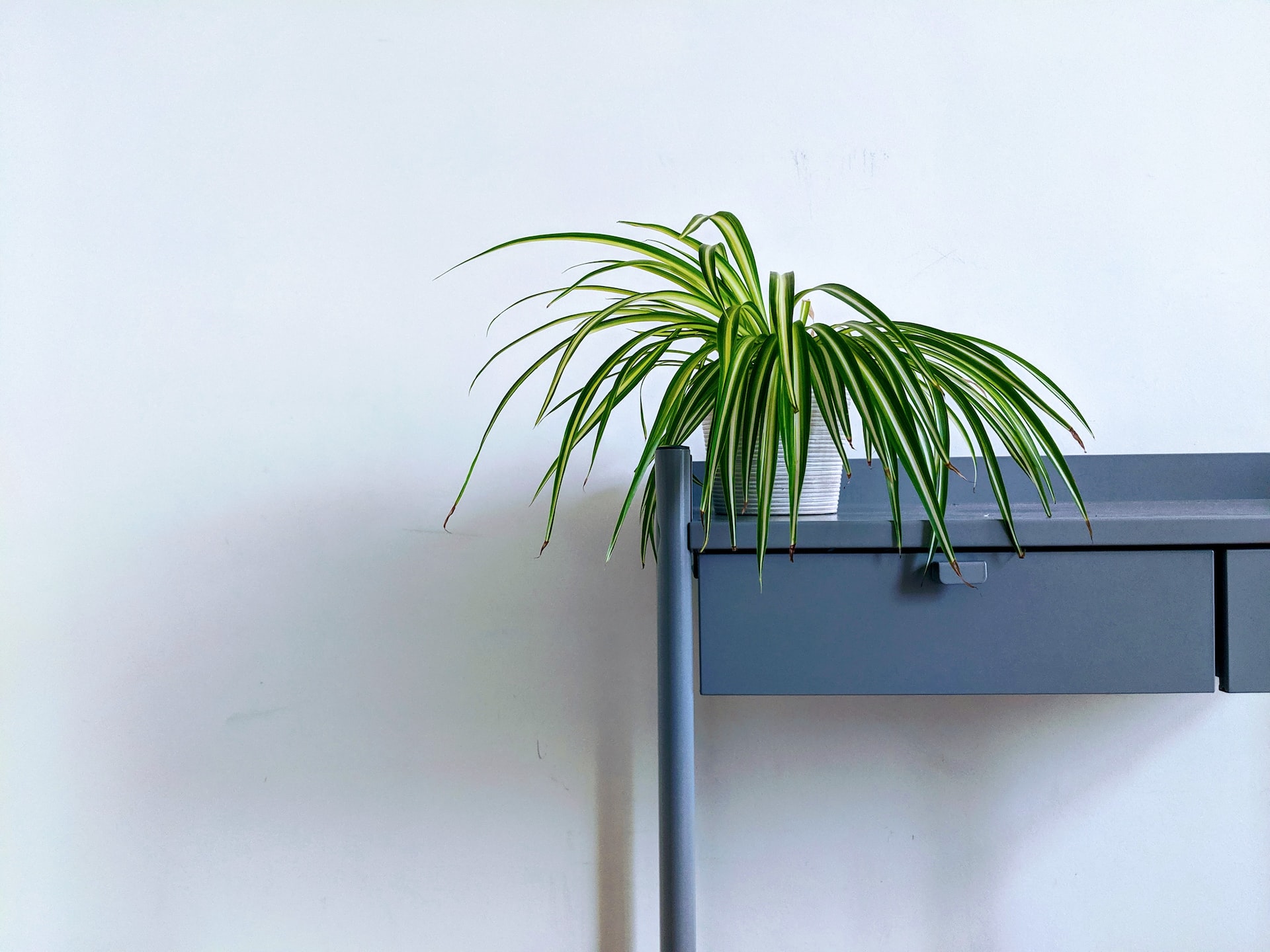
Indoors need medium light; in the shade, they can lose the white band that characterizes them and burn if placed in direct sunlight. It tolerates water scarcity because it stores it in its thick root system. However, in summer, the frequency of watering should be increased. It is an excellent plant to hang over a bathtub.
If you live in an area where humidity gets unbearably high in summer, putting spider plants clustered together can help. The higher the number, the better it is for lowering the humidity and cooling your house.
Tillandsias
Tillandsias are a unique variety of houseplants. The funnel-shaped plants with their triangle-shaped leaves. They are epiphytic plants, which means they do not live in soil and get their nutrients from the air. Therefore, tillandsia plants are also called air plants. They thrive in warmer temperatures, making them excellent houseplants for summer. They are native to the southern US, and in their natural habitat, they are found attached to rocks, shrubs, and trees.
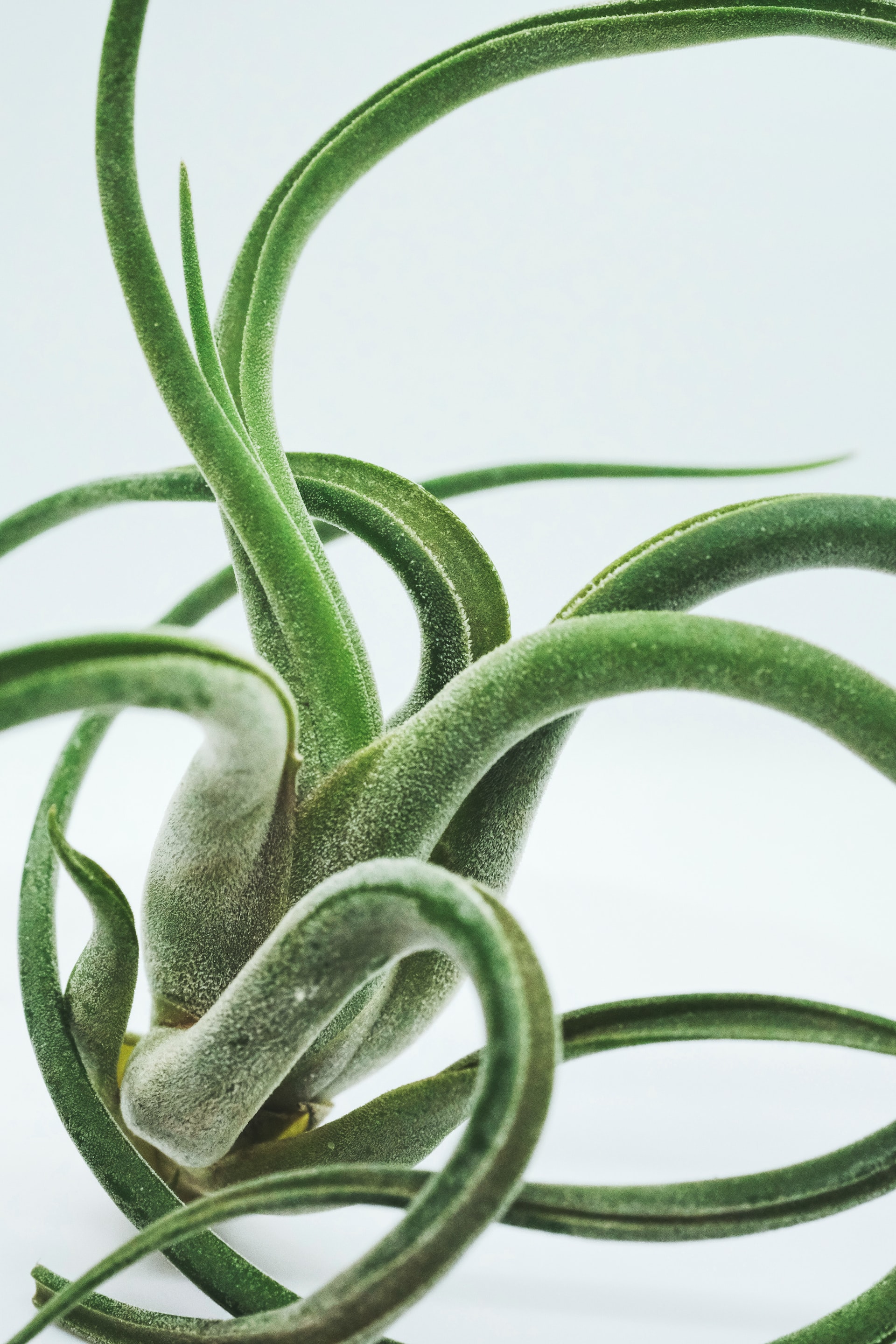
These plants can flourish without root structures and loads of direct sun rays, making them relaxed to survive indoors. Furthermore, these plants can depend on the nutrients and dampness from the air by absorbing them using their leaves. They are pretty efficient in absorbing moisture from the air. Thus, air plants can help reduce the air’s water vapor content, making it feel less warm.
Since they do not require soil, taking care of air plants is relatively simple. Checking the soil and repotting them every growing season is no hassle. Give them a good drink every week by drenching them in the water for 10-15 minutes; they will last quite a long time. You can put air plants on a bookshelf or place them in a glass jar. They need a good amount of light to survive. A southern or east-facing window is ideal for air plants.


